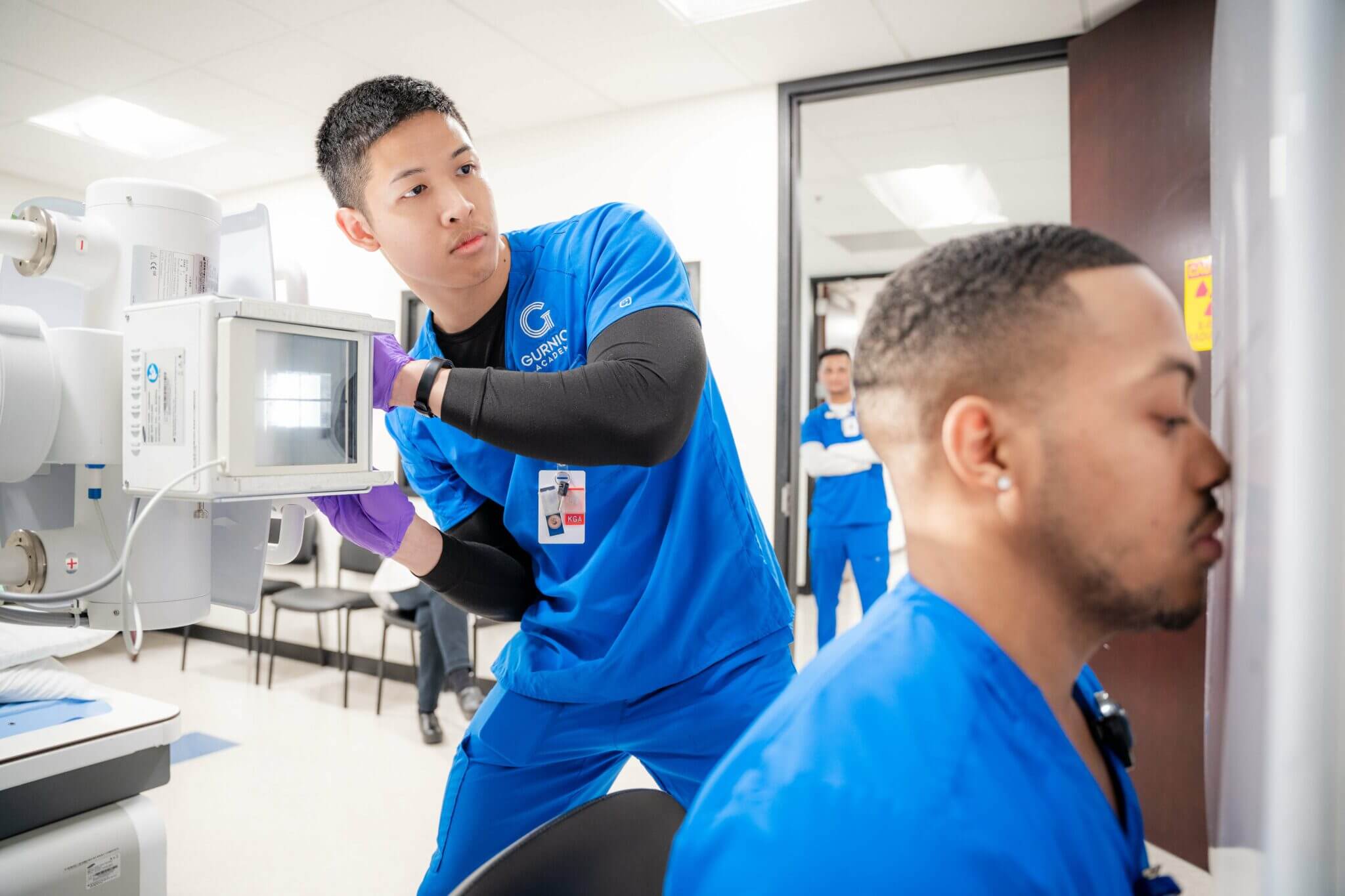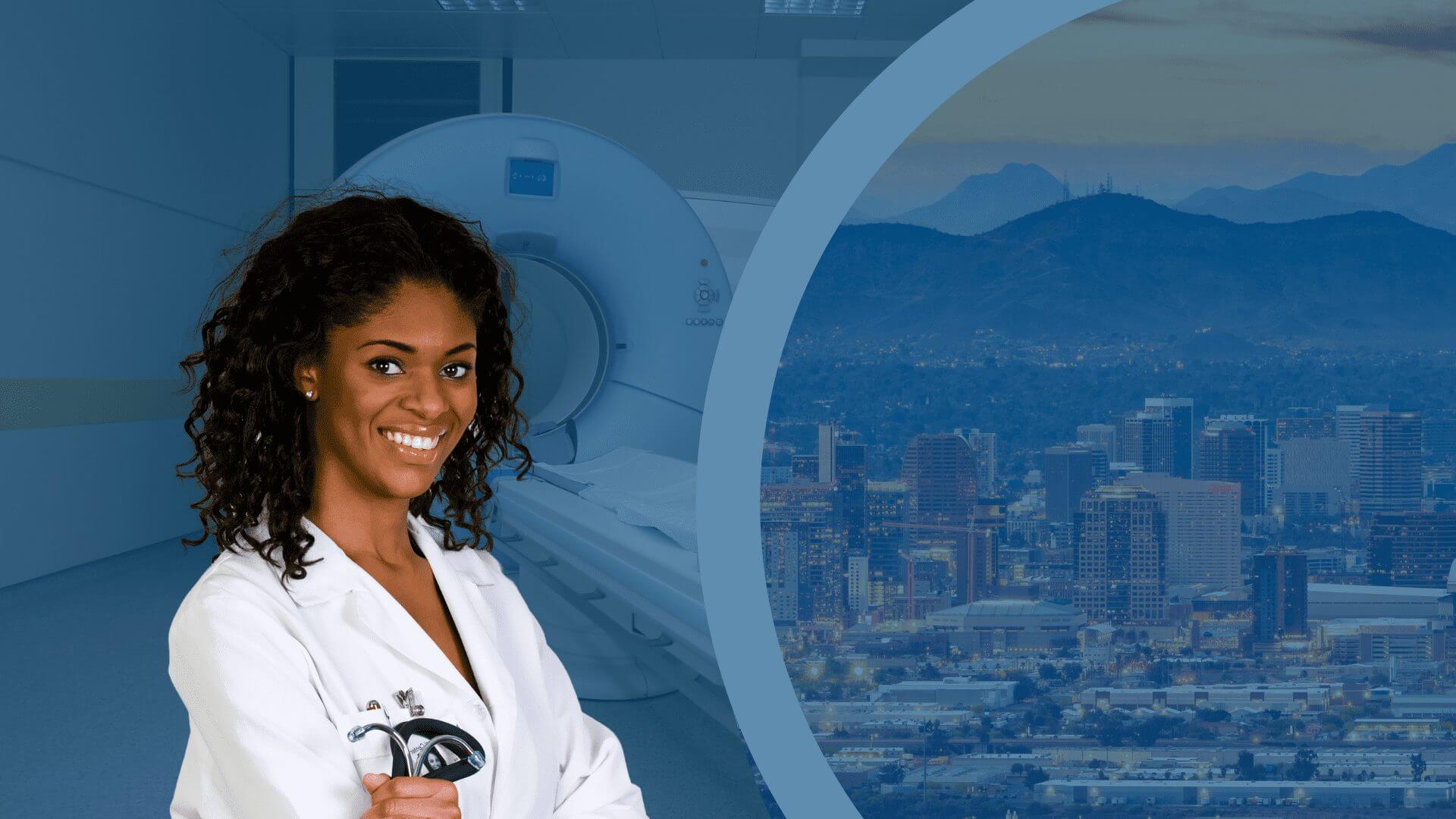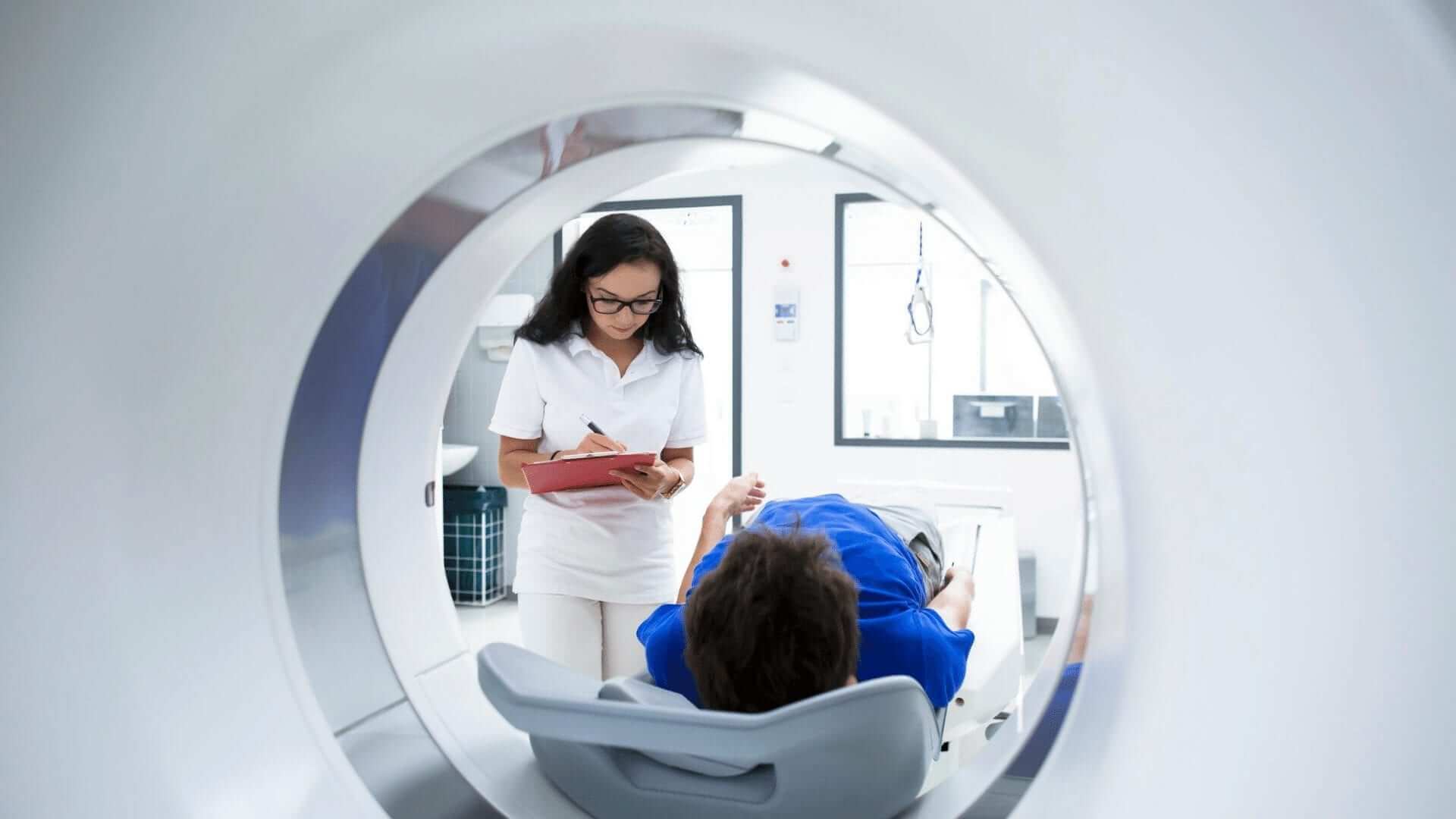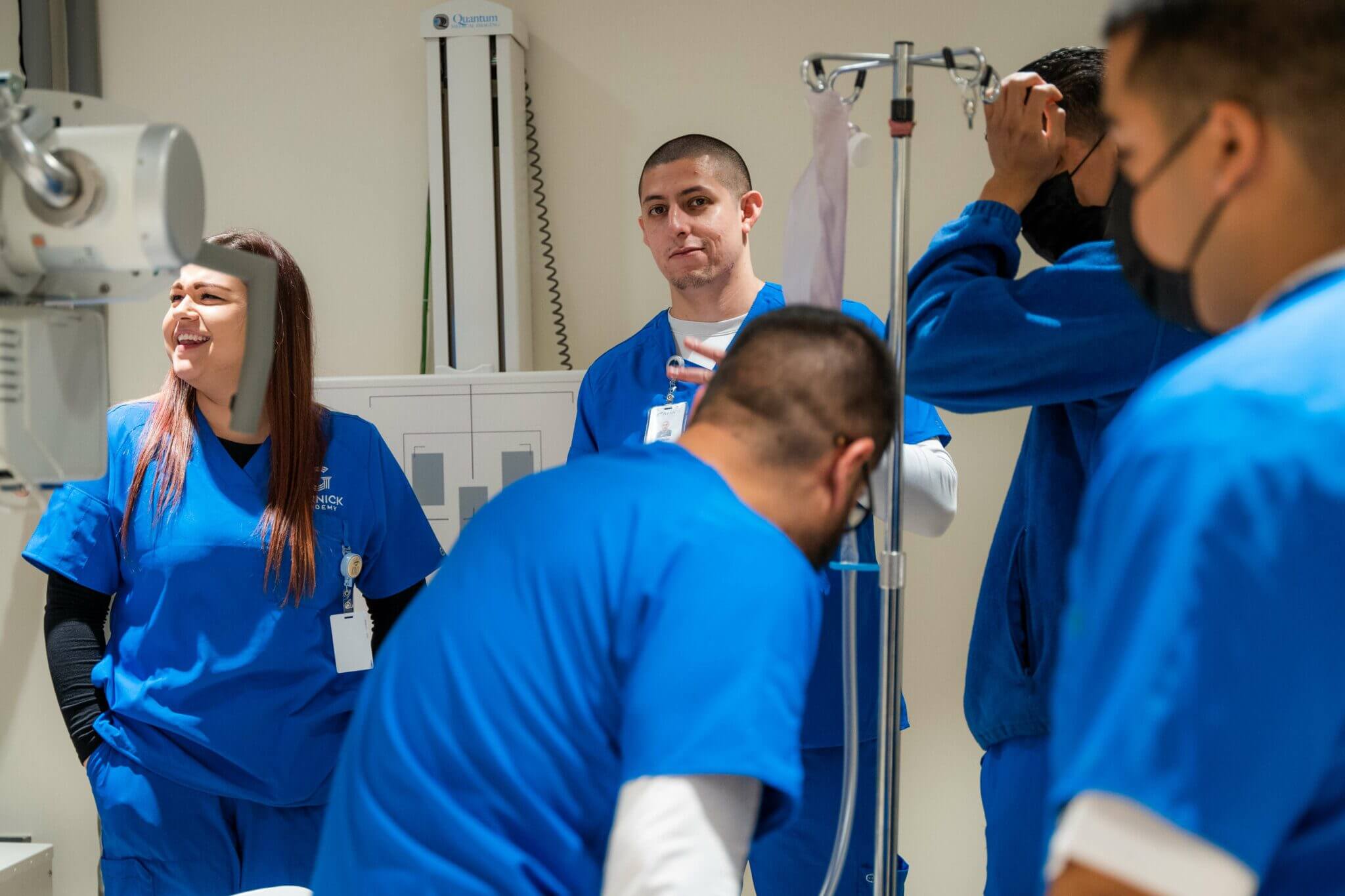It Might Be Time For Radiologic Tech Training
Date: August 15, 2022
Now may be an opportune time to enroll in a Radiologic Technology program. Radiologic Technologists produce appropriate densities, details, and contrasts for radiographs by placing image receptors under patients’ bodily areas for examination. These radiology professionals help patients prepare for procedures and administer non-radioactive materials into patients’ bloodstreams for diagnostic purposes.
Growth Faster Than National Averages
Radiology is expected to grow faster than national averages, with career opportunities for Radiology Technology graduates expected to be favorable. According to the Bureau of Labor and Statistics, overall employment of Radiologic and MRI Technologists is projected to grow roughly nine percent from 2020 to 2030.1 Furthermore, experts project more than 20,800 openings each year on average over the next decade.
Many Radiologic Technology vacancies are resulting from the need to replace workers transferring to different occupations and exiting the labor force for industry-related reasons and to retire.1
Venues for Technologists
On the whole, many Radiologic Technologists find employment in hospitals. While modern roles can be pursued in physicians’ offices, diagnostic imaging centers, and other healthcare facilities.1
Radiologic Technology Programs
In general, one may find Radiologic Technology programs for training in many places. Specifically, these include local hospitals, colleges, universities, and vocational-technical institutes. Accordingly, these courses range from one to four years, leading to certificate, associate, or bachelor’s-level degrees.
Goals for Radiologic Technology Programs
Overall, a good Radiologic Technology program aims to prepare students using an eclectic curriculum. Moreover, a solid course includes rigorous didactic training, classroom academics, and hands-on clinical experiences.
Foremost, a Radiologic Technology program should be accredited. Primarily, an accredited radiologic technology program teaches individuals to prevent unnecessary radiation exposure. In such a course, students are taught how to use protection devices and lead shields while limiting an X-ray beam’s size. Other course requisites cover how to:
- Position radiographic equipment at the correct angles and heights;
- Measure the thickness of sections to be radiographed;
- Set controls on the X-ray machine.
Registered Radiologic Technologists
By and large, to become a registered Radiologic Technologist, one must earn an associate or more advanced degree from an accredited hospital-based program or academic institution. Additionally, they must pass a national certification examination. To remain registered, one must earn 24 continuing education credits (CECs) every two years. Of note, the largest certifying agency has more than 300,000 registrants.2
Is This Vocation For You?
Do you think a career in Radiologic Technology may be for you? Try taking our career quiz here.~
Citations:
1^a, b, c Bureau of Labor Statistics, US Department of Labor, Occupational Outlook Handbook, Radiologic, and MRI Technologists. (Accessed March 1, 2022.)
2 “Career Center: Careers in Radiologic Technology.” American Registry of Radiologic Technologists,Ⓡ 2021. (Accessed Mar. 1, 2022.)
Note:
ARRT,® the American Registry of Radiologic Technologists,® and R.T. (MR) (ARRT)® are registered trademarks owned by the American Registry of Radiologic Technologists.® Gurnick Academy of Medical Arts is not licensed by, endorsed by, or affiliated with the American Registry of Radiologic Technologists.®






